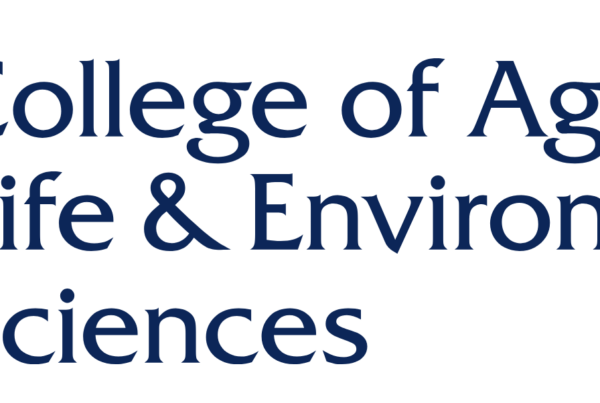Irrigation Planning System for Agricultural Soils
Abstract
The main objective of this dissertation is the development of an irrigation planning system for agriculture. This work builds upon the algorithm developed in [1], capable of creating an irrigation plan according to soil, crop, irrigation, soil moisture and weather forecast of a given location.
The developed system is composed by a web application and a network of field electronic devices. The system does all the necessary work, from the retrieval of the soil moisture data to the display of irrigation prescription plans to the farmer.
The web application resorts to the MERN technological stack to provide an interface to the farmer, where irrigation points and crop fields can be managed, forecasts observed and the irrigation plans can be retrieved and updated, while also alerting the farmer through push notifications when danger- ous conditions are verified. Besides the interface with the farmer, it also gathers weather information, performs the irrigation planning and retrieves soil moisture data from the irrigation points through a CoAP server.
The network of electronic devices is in charge of retrieving soil moisture information and sending it to the server on an hourly basis, using different technologies to provide a flexible low-cost solution with two different configurations, standalone and WSN, suitable to many different scenarios. The communication between field devices and the server is based on CoAP protocol.
The standalone configuration consists of a PCB, where a low power microcontroller is paired with an energy harvesting circuit. To it, a solar panel, a step-up converter, Li-Po battery and a cellular communication module (capable of connectivity with both GPRS/UMTS and NB-IoT technologies) are connected, along with up to six soil moisture sensors.
The WSN configuration makes use of the same PCB as the standalone configuration, using a LoRa transceiver instead. It communicates through the LoRa physical layer to an edge device based on the Raspberry Pi platform, which forwards the packets received from the LoRa network through CoAP to the web server. The LoRa network developed is capable of daily downlink messages and adaptive data-rate, where the link budget is controlled through the spreading factor and the transmission power, receiving packets through an adaptive spreading factor selection (ASFS) scheme [2].
URL https://hdl.handle.net/1822/82277
University Universidade do Minho; Mestrado Integrado em Engenharia Eletrónica Industrial e Computadores
Citation Coutinho, Micael Bruno da Silva. Irrigation planning system for agricultural soils. Diss. 2022.
Date February 2022






